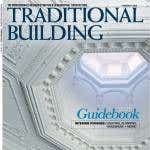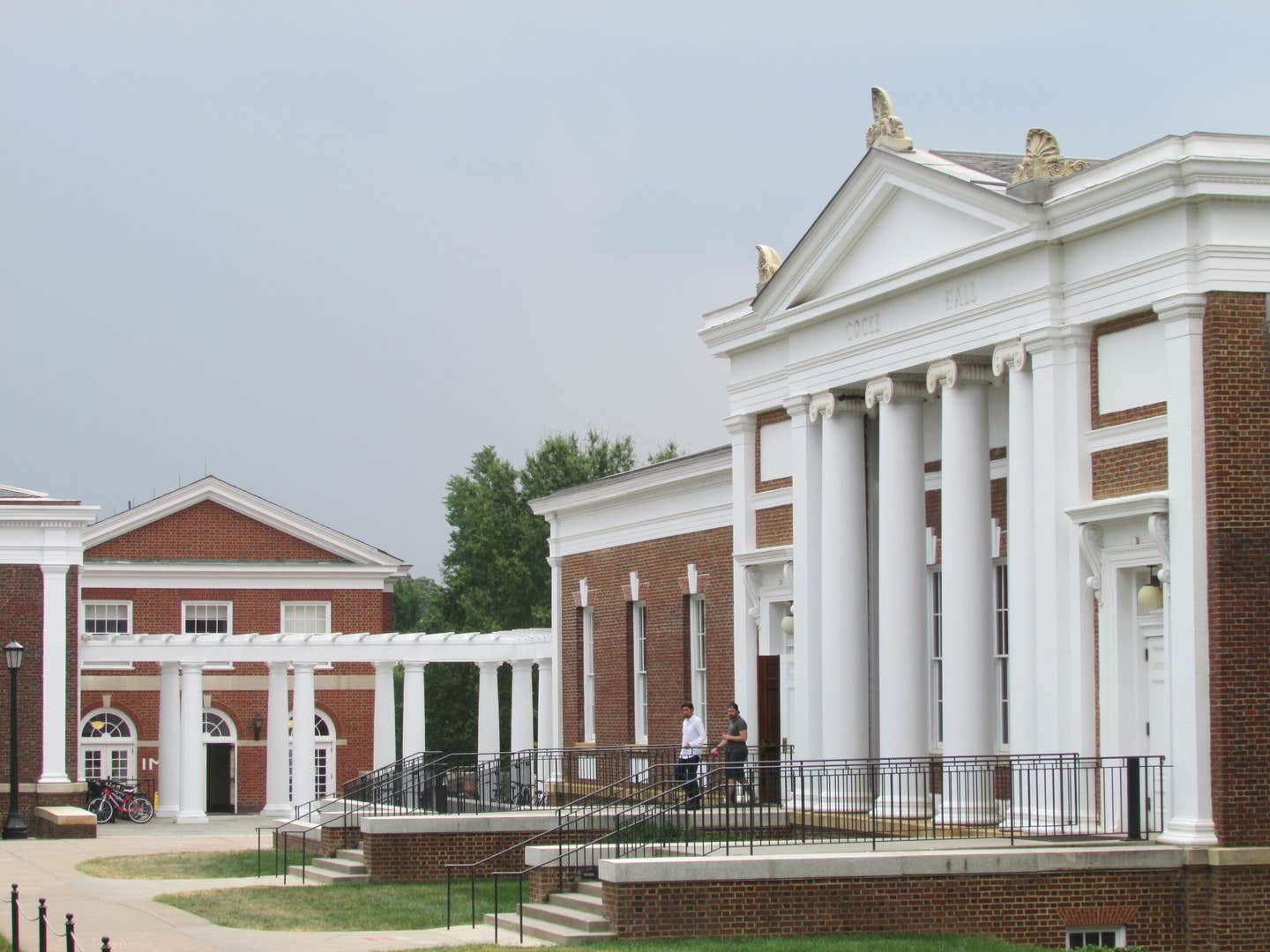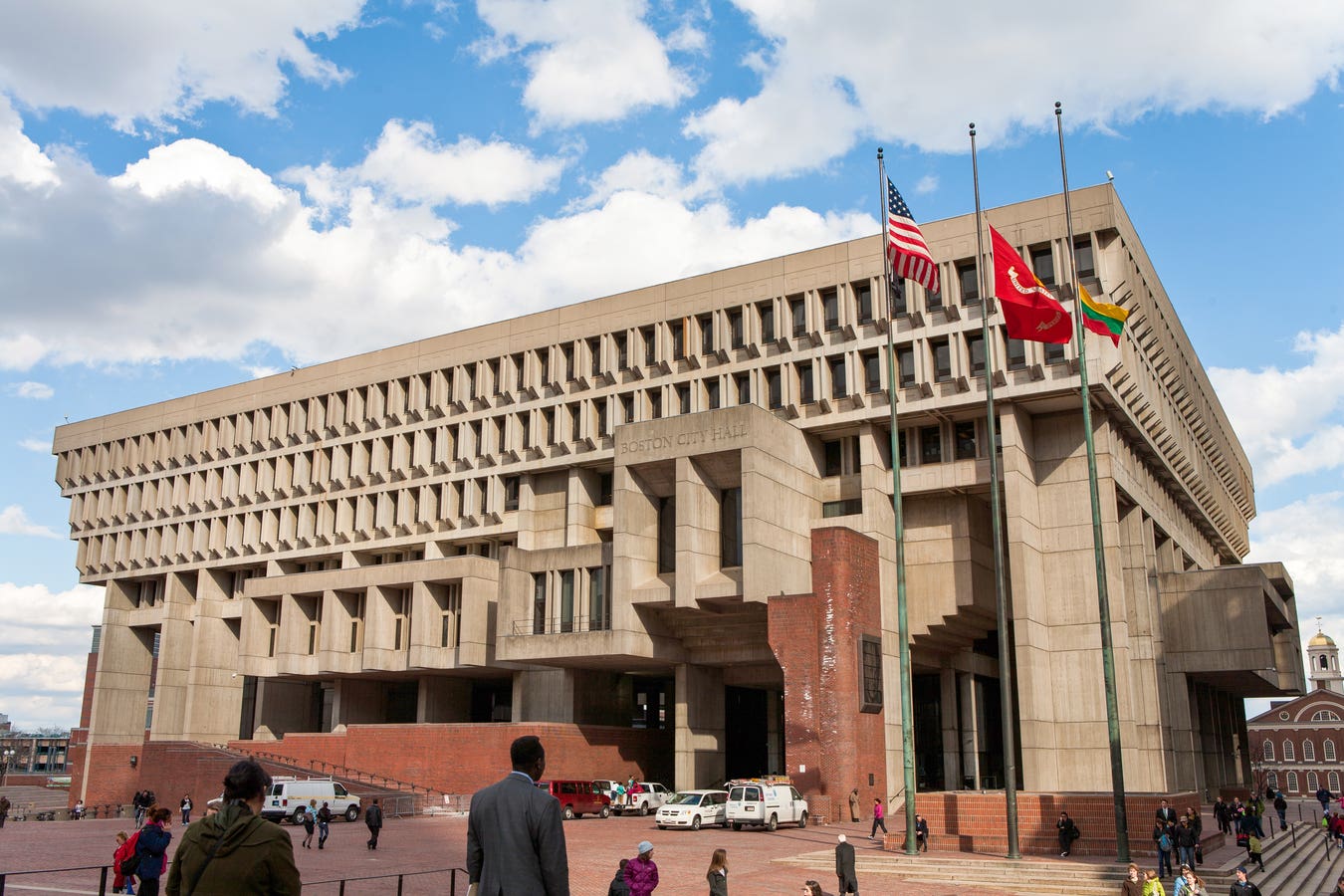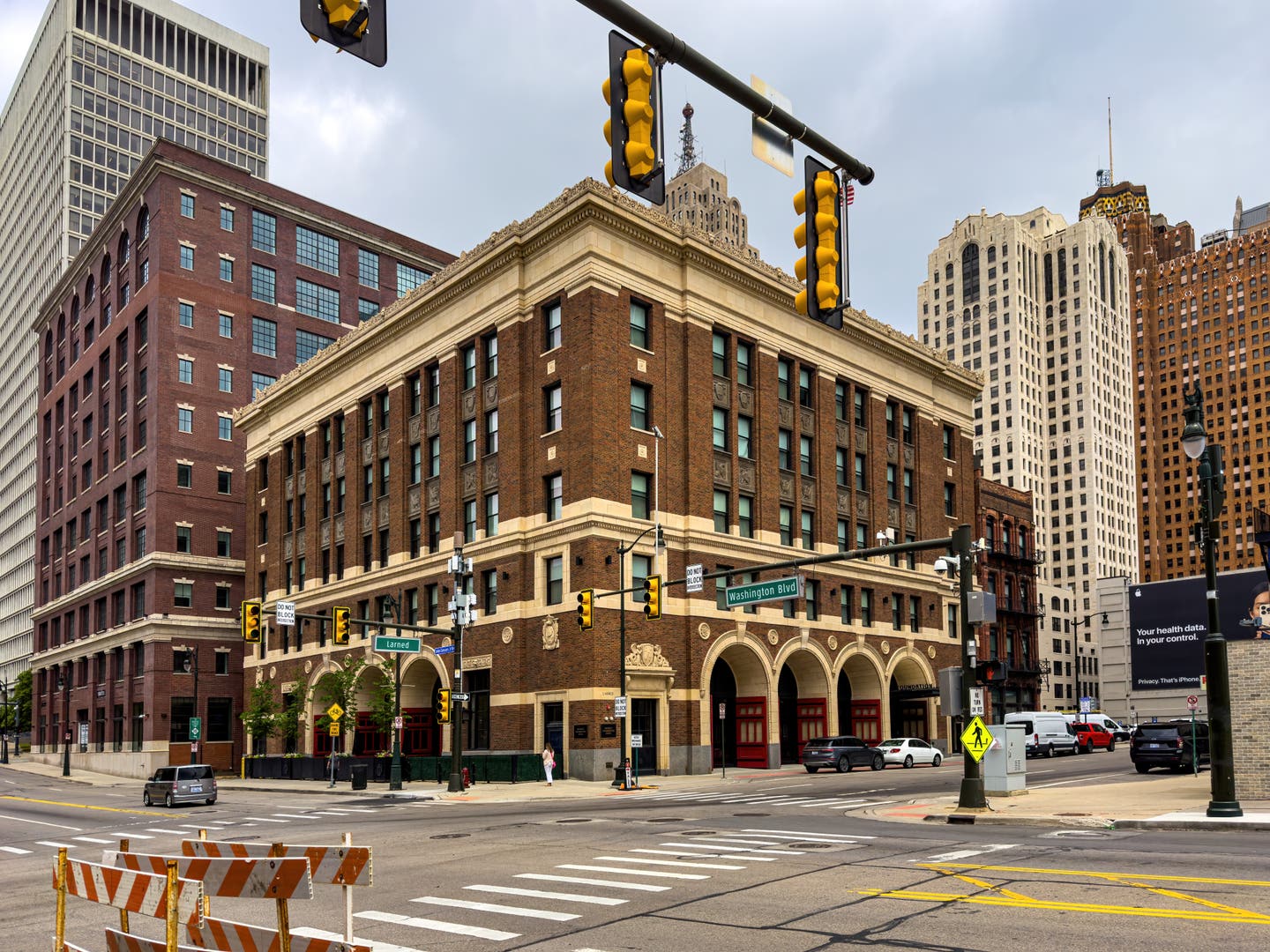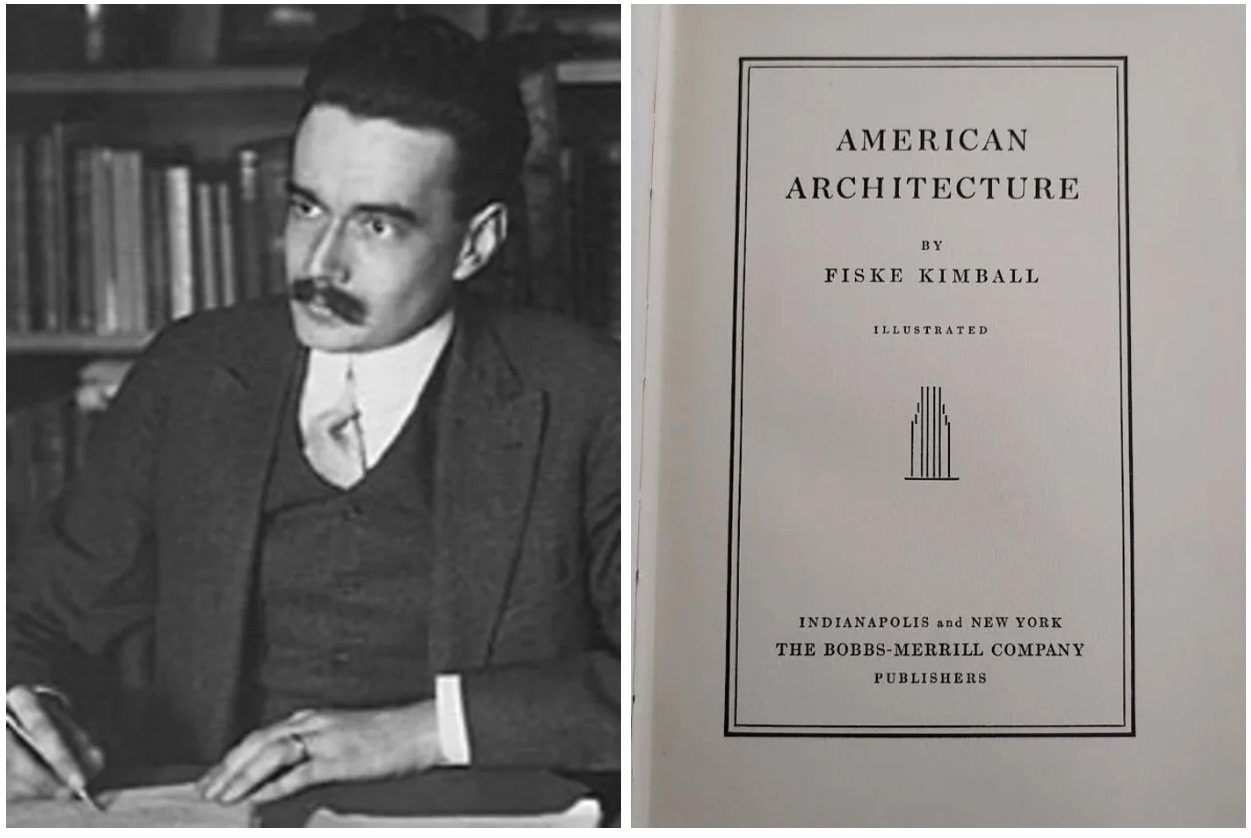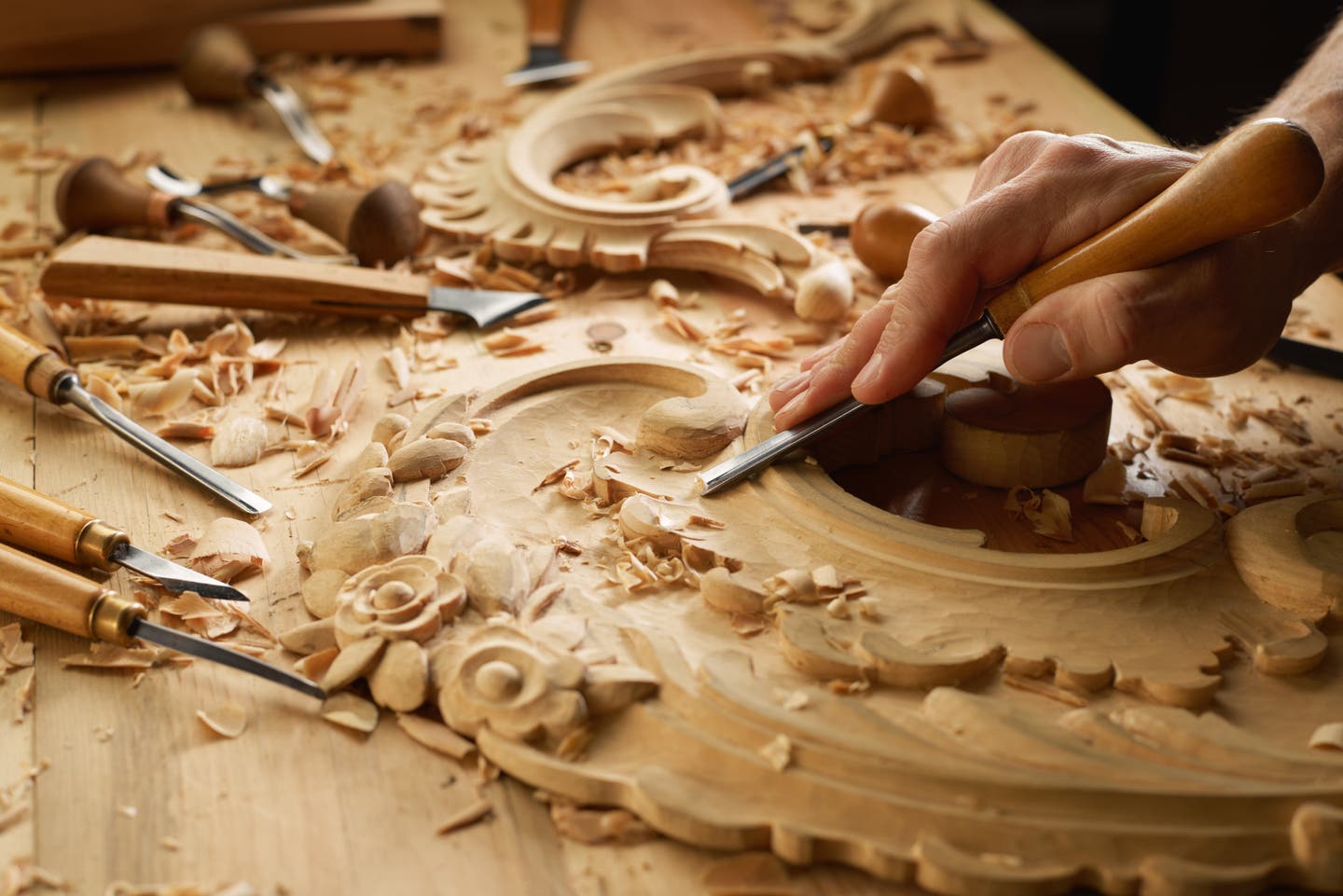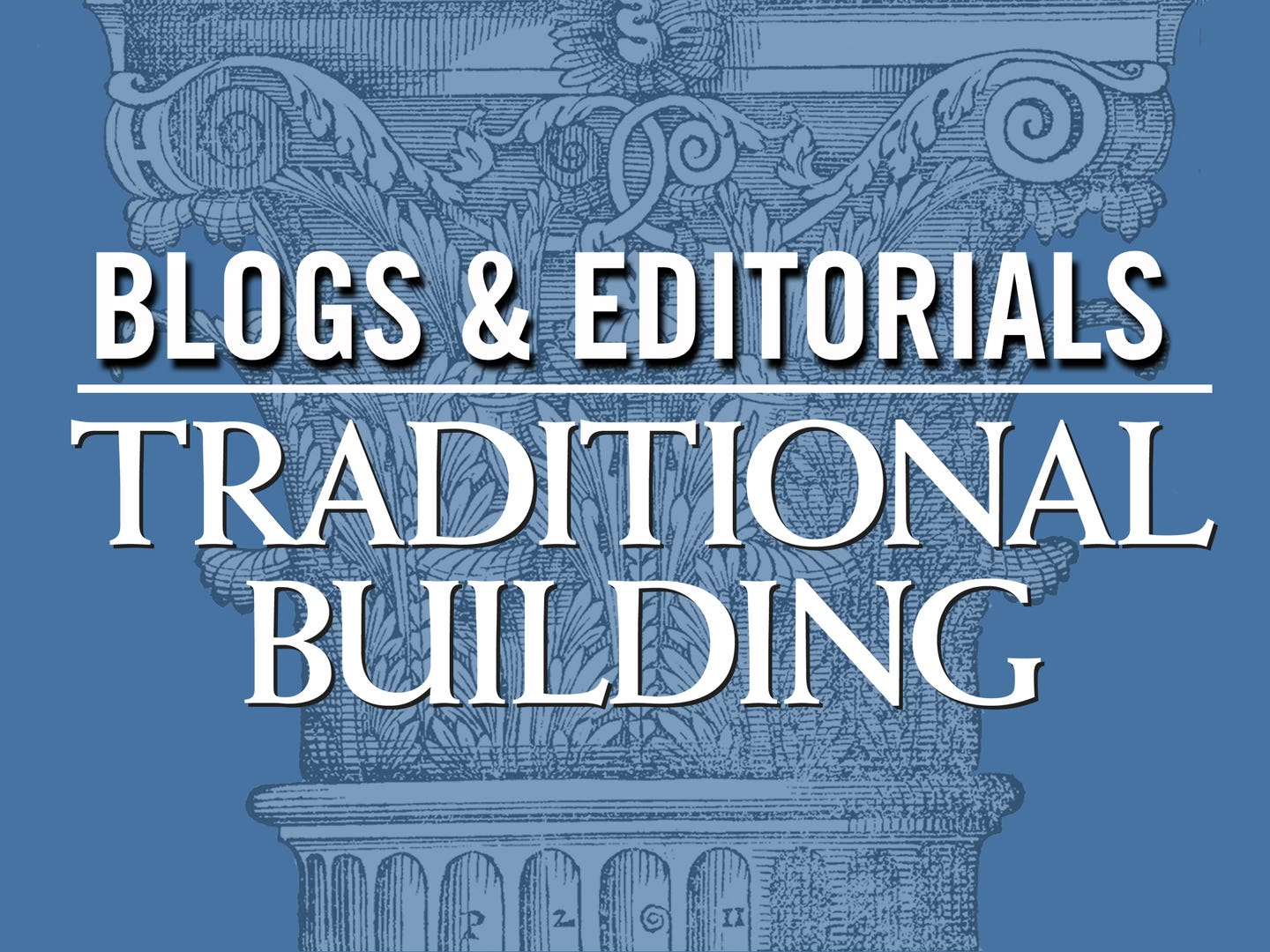
Peter Miller
Where the Old Homes Are
What do Buffalo, St Louis, Providence, Rochester and Pittsburgh all have in common? Hint: good architectural bones.
And these five mid-size cities have the most homes built before 1940. The list below shows you the percent of old homes in each city which are eighty years old or older.
- Buffalo 59%
- St Louis 58%
- Providence 57%
- Rochester 57%
- Pittsburgh 48%
According to U.S. Census there are about 30 million homes in the U.S. fifty years old or older. Fifty years old is the benchmark set by the National Park Service, the arbiter of all things "historic." I added up the numbers in the chart below.
In this chart you'll see that there are 3 million homes in the U.S between 91-100 years old. There are 2 million homes between 101-110 years old.
In bigger cities too, half of the housing inventory is old. Using the year 1940 benchmark, houses eighty years old or older, the following cities have 40% or more old houses.
- Boston 48%
- Cleveland 52%
- San Francisco 48%
- Minneapolis 43%
- Philadelphia 41%
Traditional Building’s sibling magazine Old House Journal is celebrating its 50th anniversary which is why we’re celebrating the size and strength of the old house market
This is my back-of-the-napkin math. According to OHJ reader research, readers spend $750,000 on old house remodeling on three or more houses, over the life of their OHJ subscription. We call them "serial remodelers."
Join us in wishing these OLD HOUSE JOURNAL serial-enthusiasts a Happy 50th Anniversary!
Does this mean old house readers are old? It depends on how you define "old". Including the print and digital readers of OHJ and oldhouseonline.com the average age of our audience is forty. These spendy millennials will help grow your business and ours, until our next big anniversary.
Peter H. Miller, Hon. AIA, is the publisher and President of TRADITIONAL BUILDING, PERIOD HOMES and the Traditional Building Conference Series, and podcast host for Building Tradition, Active Interest Media's business to business media platform. AIM also publishes OLD HOUSE JOURNAL; NEW OLD HOUSE; FINE HOMEBUILDING; ARTS and CRAFTS HOMES; TIMBER HOME LIVING; ARTISAN HOMES; FINE GARDENING and HORTICULTURE. The Home Group integrated media portfolio serves over 50 million architects, builders, craftspeople, interior designers, building owners, homeowners and home buyers.
Pete lives in a classic Sears house, a Craftsman-style Four Square built in 1924, which he has lovingly restored over a period of 30 years. Resting on a bluff near the Potomac River in Washington, D.C., just four miles from the White House, Pete’s home is part of the Palisades neighborhood, which used to be a summer retreat for the District’s over-heated denizens.
Before joining Active Interest Media (AIM), Pete co-founded Restore Media in 2000 which was sold to AIM in 2012. Before this, Pete spent 17 years at trade publishing giant Hanley Wood, where he helped launch the Remodeling Show, the first trade conference and exhibition aimed at the business needs and interests of professional remodeling contractors. He was also publisher of Hanley Wood’s Remodeling, Custom Home, and Kitchen and Bath Showroom magazines and was the creator of Remodeling’s Big 50 Conference (now called the Leadership Conference).
Pete participates actively with the American Institute of Architects’ Historic Resources Committee and also serves as President of the Washington Mid Atlantic Chapter of the Institute of Classical Architecture & Art. He is a long-time member of the National Trust for Historic Preservation and an enthusiastic advocate for urbanism, the revitalization of historic neighborhoods and the benefits of sustainability, including the adaptive reuse of historic buildings.


